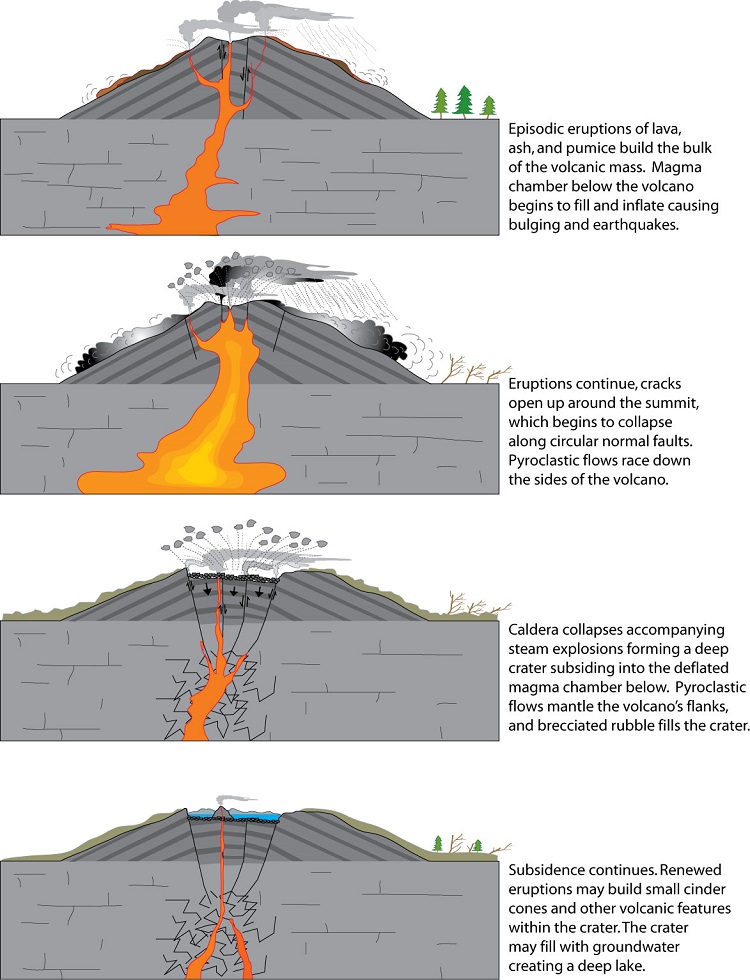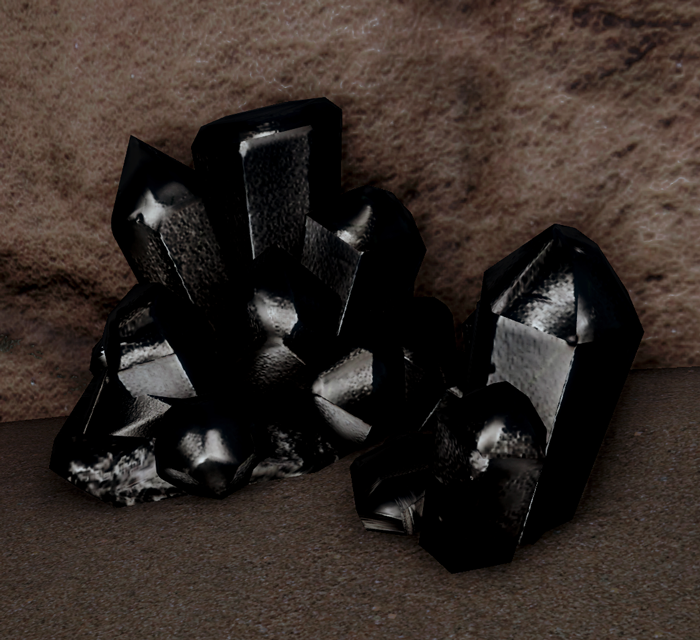
Īerial of Colorado State Highway 114 near Cochetopa Dome and Cochetopa Hills.

It is usually interpreted as a partial melt of the lower crust that was erupted onto the surface. It was characterized by bimodal volcanism, producing both low-silica alkaline flows and high-silica rhyolites. The later volcanism took place from Miocene to Pliocene in ages of the Neogene Period. Intermediate volcanism did not cease with caldera eruptions, and included such voluminous intermediate volcanic rocks as the Huerto Andesite. The precaldera intermediate volcanic rocks include the Conejos Formation in the southeastern part of the field. It produced largely intermediate composition lavas and breccias, together with ash flow tuffs reflecting differentiation of the original magma. The earlier volcanism took place during the Oligocene age of the Paleogene Period. The San Juan volcanic field experienced two phases of volcanism. Many of these volcanoes experienced caldera collapse, resulting in the fifteen to eighteen caldera volcanoes in the region today. Around this time the activity began to include explosive ash-flow eruptions.

The region began with many composite volcanoes that became active between 35 and 40 million years ago, with peak activity in the time period around 35-30 million years ago. There are approximately fifteen calderas known in the San Juan Volcanic Fields however, it is possible that there are two or even three more in the region.

It consists mainly of volcanic rocks that form the largest remnant of a major composite volcanic field that covered most of the southern Rocky Mountains in the Middle Tertiary geologic time. The San Juan volcanic field is part of the San Juan Mountains in southwestern Colorado.


 0 kommentar(er)
0 kommentar(er)
